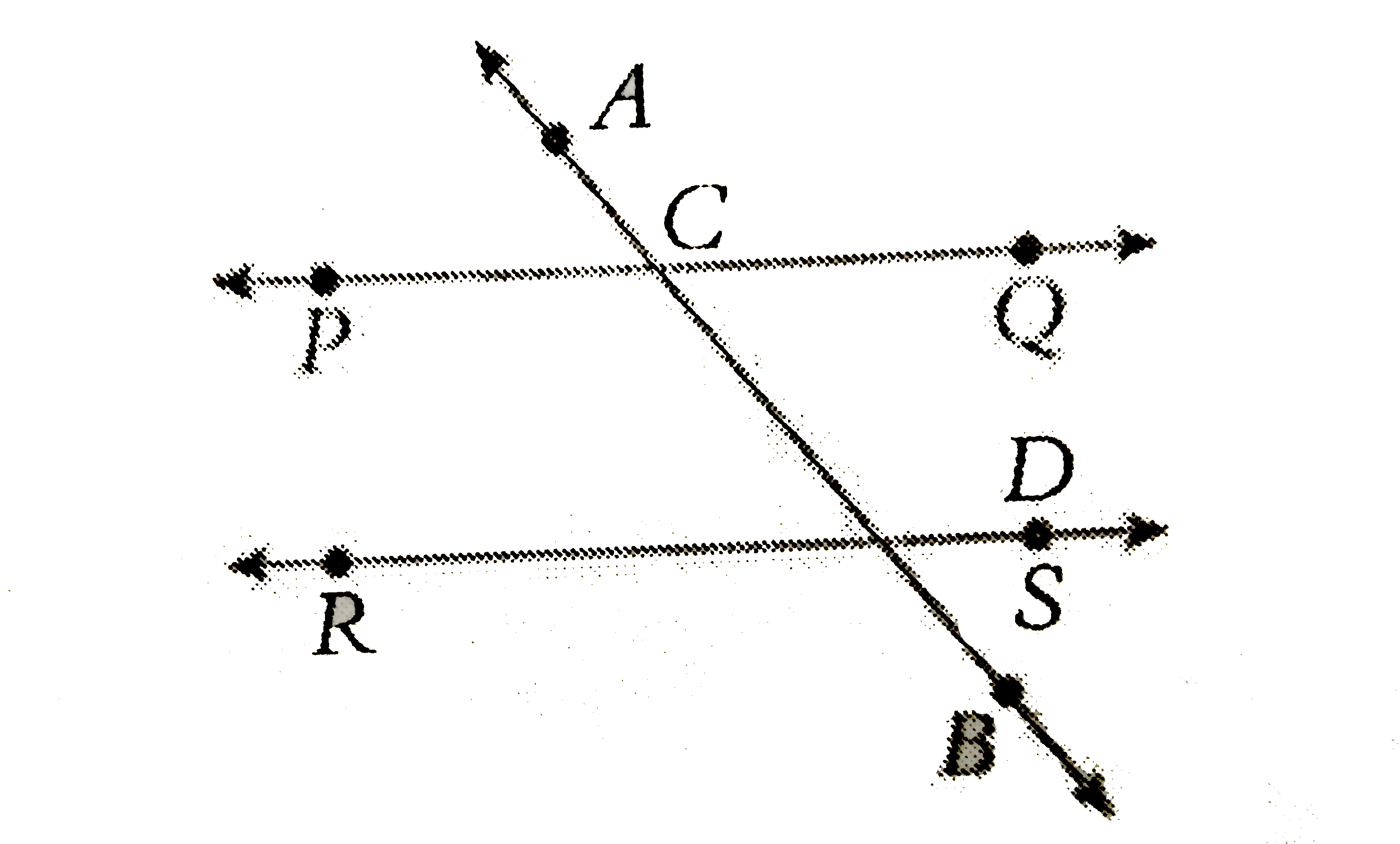Name the following parts from the adjacent figure where ‘O’ is the centre of the circle

(i)¯¯¯¯¯¯AO(ii)¯¯¯¯¯¯AB(iii)⌢(BC)(iv)¯¯¯¯¯¯AC(v)⌢(DCB)(vi)⌢(ACB)(vi)¯¯¯¯¯¯AD (viii) shadedregionSolution in Telugu
Step by step video & image solution for Name the following parts from the adjacent figure where ‘O’ is the centre of the circle (i) bar(AO) (ii) bar(AB) (iii) frown(BC) (iv) bar(AC) (v) frown(DCB) (vi) frown (ACB) (vi) bar(AD) (viii) shadedregion by Maths experts to help you in doubts & scoring excellent marks in Class 9 exams.
Updated on:21/07/2023Topper's Solved these Questions
Similar Questions
Draw a circle, identify a point on it. Cut arcs on the circle with the length or the radius in succession. Hoe many parts can the circle be divided into ? Give reasons.
View SolutionIn the figure given below, bar(ED)||bar(AB) and bar(EF)||bar(BC) . If /_FED =40^(@) and /_ DEC =20^(@) , then the angle made by bar(BC) at the centre is
View SolutionIn the figure below, ¯¯¯¯¯¯AB∣∣∣∣¯¯¯¯¯¯FC,¯¯¯¯¯¯AE∣∣∣∣¯¯¯¯¯¯BC and ¯¯¯¯¯¯AF∣∣¯¯¯¯¯¯BD. If ∠F=x∘,∠C=γ∘,∠EAB=k∘ and ∠ABD=p∘, then which of the following options is correct ?
ltimg src="https://d10lpgp6xz60nq.cloudfront.net/physics_images/PS_MATH_VIII_C16_E05_004_Q01.png" width="80%"gt
View SolutionDetermine the point of symmetry of a regular hexagon.
View Solution
In the figure above, ¯¯¯¯¯¯PQand¯¯¯¯¯RS are parallel. ¯¯¯¯¯¯AC is transversal of ¯¯¯¯¯¯PQand¯¯¯¯¯RS. If ∠(ACP)=5x−70∘and∠BDR=4x+70∘, then find the value of x.
View SolutionMatch the following Column A to Column B

View SolutionThe inequation represented by the graph given below is :
View SolutionThe inequation that best describes the graph given below is _________
View SolutionThe inequation that best describes the following graph is _________
View SolutionIn the following figure, if O is the center of the circle and ¯¯¯¯¯¯AB is the diameter, then find ∠ACB.
ltimg src="https://d10lpgp6xz60nq.cloudfront.net/physics_images/PS_MATH_IX_C12_E02_009_Q01.png" width="80%"gt
View SolutionIn the following figure, ¯¯¯¯¯¯BD is produced to E. If ¯¯¯¯¯¯AD is the angle bisector of ∠A, then find the ∠BCD.
ltimg src="https://d10lpgp6xz60nq.cloudfront.net/physics_images/PS_MATH_IX_C12_E03_005_Q01.png" width="80%"gt
View SolutionIn the given figure, ¯¯¯¯¯¯AD and ¯¯¯¯¯¯BE intersect at C, such that BC = CE, ∠ABC=40∘ and ∠DEC=85∘. Find ∠BAC−∠CDE.
ltimg src="https://d10lpgp6xz60nq.cloudfront.net/physics_images/PS_MATH_IX_C12_E04_027_Q01.png" width="80%"gt
View SolutionIn the given figure, PQRS is a parallelogram. A and B are the mid-point of ¯¯¯¯¯¯PQ and ¯¯¯¯¯SR respectively. If PS=BR, then the quadrilateral ADBC is a…………………… ,
ltimg src="https://d10lpgp6xz60nq.cloudfront.net/physics_images/PS_MATH_IX_C12_E05_020_Q01.png" width="80%"gt
View SolutionIn the figure given below (not to scale), D is a point on the circle with center A and C is a point on the circle with centers B, ¯¯¯¯¯¯AD⊥¯¯¯¯¯¯BD and ¯¯¯¯¯¯BC⊥¯¯¯¯¯¯CA. Then which of the following is true?
ltimg src="https://d10lpgp6xz60nq.cloudfront.net/physics_images/PS_MATH_IX_C12_E06_004_Q01.png" width="80%"gt
View SolutionThe resultant of the three vectors ¯¯¯¯¯¯OA,¯¯¯¯¯¯OB and ¯¯¯¯¯¯OC shown in figure :-
ltimg src="https://d10lpgp6xz60nq.cloudfront.net/physics_images/ALN_PHY_R01_E02_023_Q01.png" width="80%"gt
View SolutionName the following parts from the adjacent figure where ‘O’ is the centre of the circle

(i)¯¯¯¯¯¯AO(ii)¯¯¯¯¯¯AB(iii)⌢(BC)(iv)¯¯¯¯¯¯AC(v)⌢(DCB)(vi)⌢(ACB)(vi)¯¯¯¯¯¯AD (viii) shadedregion
View Solution
